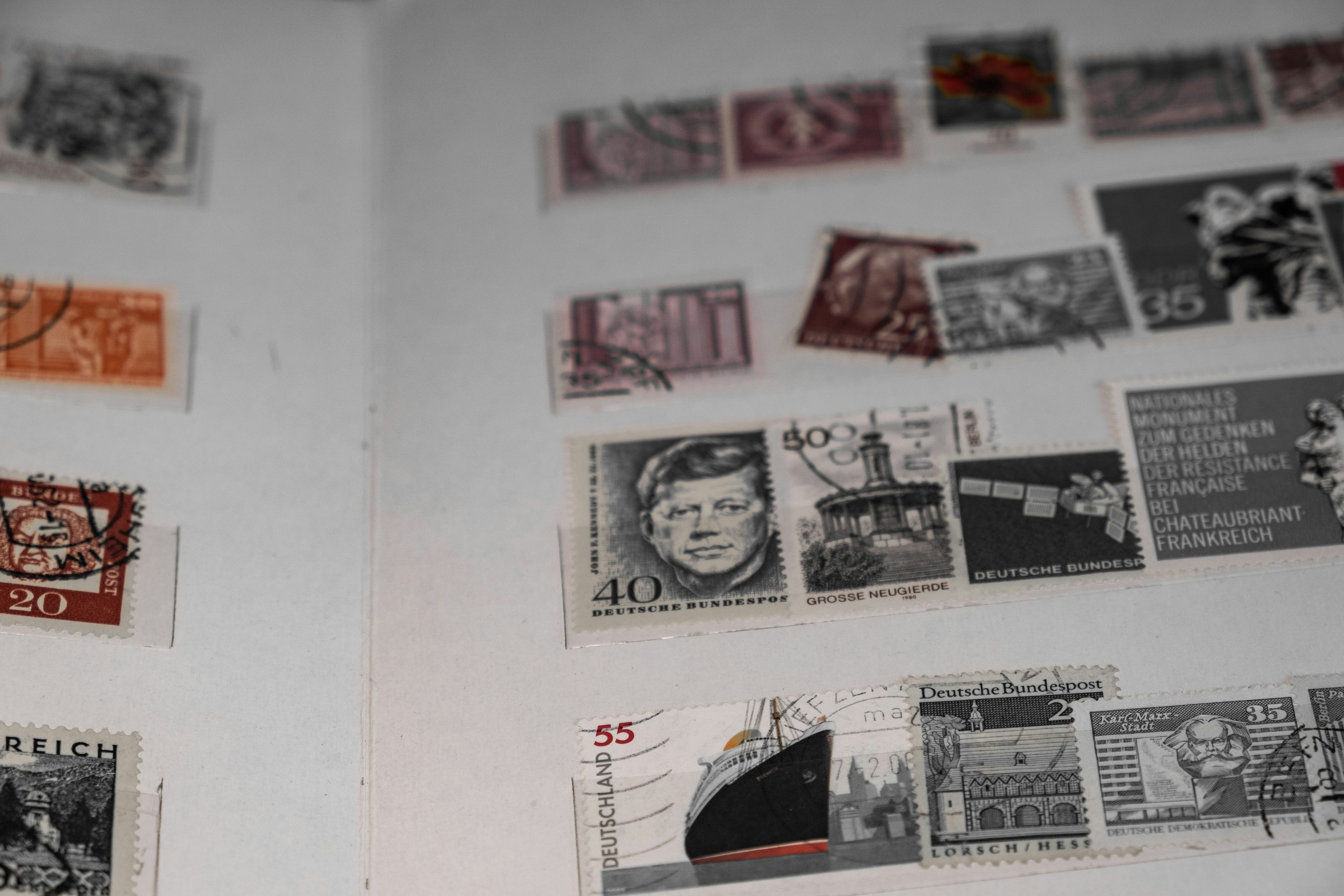In daily life, stamps are often regarded as a small and ordinary object, but if you explore deeply, you will find a grand and subtle financial world hidden behind it.

The origin and early development of stamps are inextricably linked with finance. In Europe in the 19th century, the demand for communication increased day by day, but at that time, the way of sending letters was complicated and expensive, which was often paid by the recipient, which limited the popularization of communication to some extent. In 1840, the world's first stamp "Black Penny" was born in England. It prepaid postage in a simple way, which greatly promoted the development of postal services. From the financial point of view, this is actually an innovation of postage payment mode, which changes the original scattered and uncertain collection mode into a fixed fee mode in advance, improves the circulation efficiency of postal funds and lays the foundation for the large-scale development of postal system.
With the passage of time, stamps have gradually become a collection with financial value. In the international collection market, rare stamps often fetch astounding high prices. For example, the price of some stamps, which are famous for misprinting or little circulation, has been rising with time and has become the focus of collectors' pursuit. The value evaluation of these stamps involves many financial factors, such as scarcity, historical background and preservation status. Collectors' investment and trading in stamps has formed a unique financial market, which is escorted by specialized auction houses, trade fairs and appraisal institutions. In this market, stamps are like a special financial asset, and their price fluctuation is influenced by many factors such as market supply and demand, economic situation and collection trend, which is similar to traditional financial assets such as stocks and bonds.

In addition, the printing and distribution of stamps also contains rich financial considerations. When planning the issuance of stamps, postal departments in various countries need to accurately predict the market demand to determine the appropriate circulation. Excessive circulation may lead to the depreciation of stamps, affecting postal income and collection value; If the circulation is too small, it can't meet the market demand and miss the profit opportunity. At the same time, the design of stamps, the printing cost and the research and development of anti-counterfeiting technology all need a lot of capital investment, and a reasonable balance needs to be reached between these investments and the sales revenue of stamps to ensure the sustainable development and profitability of postal services. In this process, financial analysis and decision-making play a vital role, involving a series of complex financial operations such as cost accounting, income forecasting and risk assessment.

Small stamps are like miniature financial carriers, bearing historical changes, economic development and people's pursuit of value. It integrates financial wisdom into the square inch, reminding us that while paying attention to the grand economic system, we should not ignore these seemingly insignificant small objects around us, because they may be a unique key to understand the close relationship between financial markets and economic life.







